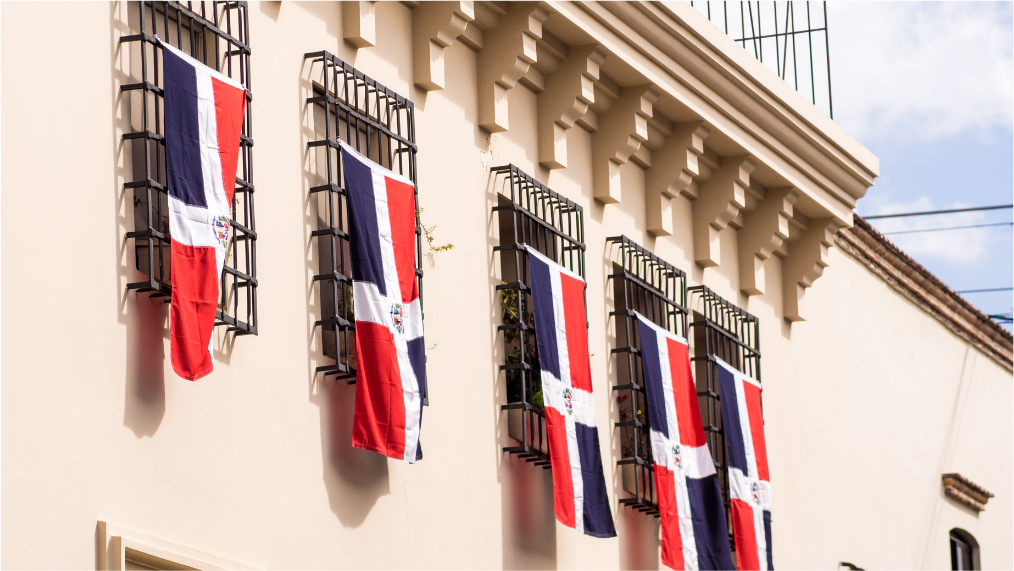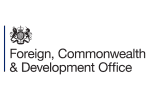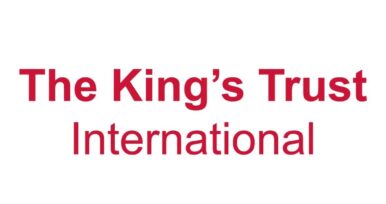10 January 2025
The Dominican Republic is poised to embark on an ambitious development agenda in 2025, with the government authorised to secure over US$6.5bn in international financing.
This decision, embedded in Article 71 of the 2025 National Budget, signals a significant commitment to addressing critical needs in transportation, water, sanitation, energy, and education through the implementation of 37 major infrastructure projects.
The budget, approved as law by the Senate, includes a bold financing strategy that paves the way for the executive branch, through the Ministry of Finance, to accelerate the rate of borrowing from international organisations in 2025.
The financing strategy relies on partnerships with international financial institutions, including the Inter-American Development Bank (IDB), the Japan International Cooperation Agency (JICA), the Spanish Agency for International Development Cooperation (AECID), the Andean Development Corporation (CAF), and the Central American Bank for Economic Integration (CABEI).
Among these, a US$500mn loan is earmarked for the construction of a monorail in Santiago de los Caballeros, while US$371.5mn will fund the expansion of Santo Domingo’s Metro Line 2.
Other significant projects requiring financing include the construction of additional sections of the border fence with Haiti which is estimated to cost US$239.9mn, and the country’s nationwide bridge rehabilitation and maintenance programme estimated at US$200mn, to be executed with support from the IDB.
The heavily touted National Plan for Connectivity and Transformation of Road Infrastructure (Planacovial) is also expected to move forward once the government can secure the required US$600mn investment which is being negotiated with CABEI.
All loans and financing must be negotiated at market-compatible interest rates and fees applicable to the Dominican Republic, with a minimum repayment term of seven years.
This aggressive borrowing strategy comes amid significant growth in the Dominican Republic’s public debt. As of November 2024, the Non-Financial Public Sector (NFPS) debt reached US$57.48bn, up from US$30.7bn in 2020. External debt accounts for 70.4% of this total, equivalent to US$40.43bn.
The rising indebtedness reflects increased reliance on international markets. Private creditors, mainly through bond issuance, have grown their share of external debt from US$22.16bn (72.2%) in 2020 to US$31.04bn (76.8%) in 2024. Meanwhile, multilateral organisations like the IDB and World Bank remain significant players, albeit with a shift in their relative contributions. The IDB’s share declined from 13.4% of total external debt in 2020 to 9.8% in 2024, while the World Bank’s increased from 3.8% to 4.8% during the same period.
Despite the ballooning debt, the debt-to-GDP ratio dropped from 56.6% in 2020 to 46.1% in 2024, driven by robust economic growth. However, experts warn of vulnerabilities associated with the heavy reliance on international private financing.
“The increase in external debt, especially through bond issuance, suggests a greater dependence on international private financing,” observed El Caribe financial writer, Martín Polanco, adding that “although this allows for diversifying the sources of resources, it also increases the country’s exposure to the risks associated with global interest rates and market volatility.”
The 2025 budget reflects President Luis Abinader’s focus on infrastructure, but critics argue it continues a longstanding trend of prioritising current spending. The administration has followed the precedent set by previous governments, dedicating the majority of revenues to current expenditures, including significant increases in public sector employment, employee benefits, and interest payments on existing debt.
This fiscal strategy has sparked debate about the balance between investment and sustainability. While supporters highlight the transformative potential of these projects, detractors raise concerns about the long-term implications of increased debt servicing costs.
The Dominican Republic’s ambitious borrowing and development plans aim to propel the nation’s infrastructure into a new era of modernisation. As the government navigates the complexities of securing and managing these funds, it faces the dual challenge of fostering growth while safeguarding fiscal stability. With US$6.5bn on the line, the year ahead will test the administration’s ability to execute its vision effectively.






